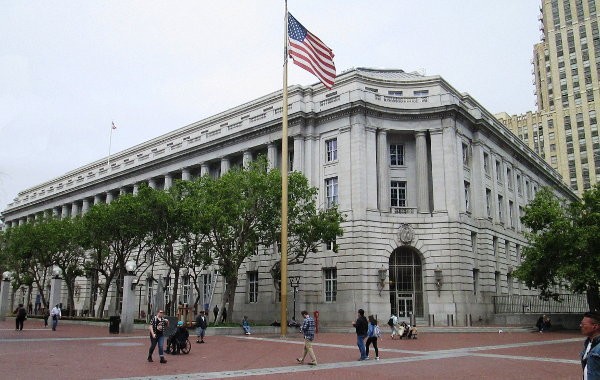Massachusetts Green Bond
The Green Bond of Massachusetts, USA, sought to support clean and drinking water projects, energy efficiency in state buildings and open space and land remediation. Green Bonds are fixed-income securities, designed to raise capital for sustainability projects. They build upon the well-developed Municipal Bonds in the US, which are issued by states, cities and counties to fund investments in public infrastructure and capital intensive projects. In the case of Green Bonds, the proceeds are diverted towards green investments.

The challenge:
The US Government has estimated that over $3.6 trillion of investment is needed for basic infrastructure by 2020, particularly for transportation, waterways and the power sector. Additionally, the US is trying to reduce its carbon emissions and transition to a more sustainable economy. Cities are vital to this effort, as urban centres are responsible for large shares of the country’s emissions. In Massachusetts, the Office of the Treasury noticed that several cities wished to fund green initiatives, but lacked the resources to do so noticed also a number of socially responsible investment (SRI) funds, seeking to make green investments.
The measure:
The first Green Bond, the Climate Awareness Bond, was issued by the European investment Bank in 2007. Seeing the opportunity to adapt existing Municipal Bonds to support sustainability goals, a number of cities formed the US Green City Bonds Coalition to explore possibilities.
In Massachusetts, where cities were looking to secure investments for green projects, the State recognised Green Bonds as a suitable response. As a result, the Massachusetts Green Bond was created in September 2013 and had an issuance of $100 million to support water, energy efficiency, land remuneration, river revitalisation and habitat restoration. In 2014, a second programme was started in which $350 million of bonds were issued to support water projects, offshore wind port facilities, energy efficiency in buildings, and restoration and preservation projects.
A major difference between Municipal Bonds and Green Bonds is that for the latter, monitoring and reporting of the funded projects are undertaking to ensure compliance with sustainability criteria – to ensure the investment is truly ‘green’. Massachusetts has not found the reporting to be overly onerous, but has found that that such reporting can instead help in providing incentives to investors by proving the green-nature of the investments made
Massachusetts was offering both green and normal bonds at the same time and found that it was actually easier to market the green bonds, as they had a clearer story to tell investors about the good that their investments could do. Ultimately, the Green Bond sale was oversubscribed threefold and the AA+ rated Green Bonds sold at a lower yield than the AAA rated Municipal Bonds.
Lessons learnt:
Massachusetts found that investors in Green Bonds were generally more interested in the projects which were being funded that investors in normal Municipal Bonds. As a result, greater outreach and communication were required to support sales of the bonds. Project reporting was also found to be vital, to ensure that investors were confident of the impact of their investments. Setting out the format of reports before investments were made helped to secure good relationships with investors, as they knew exactly what to expect from impact reports.
Further deployment:
Cities and regions that already market municipal bonds can adapt to green bonds; they are essentially the same instrument, but with a requirement for the issuer to follow up on the implementation of projects and provide proof to the investor of positive environmental impacts from investments. This practice is estimate at beyond GML9.
Links:
http://www.climatebonds.net/files/files/Green%20City%20Playbook.pdf
Image source: By Beyond My Ken (Own work)[GFDL (http://www.gnu.org/copyleft/fdl.html) or CC BY-SA 4.0-3.0-2.5-2.0-1.0 (https://creativecommons.org/licenses/by-sa/4.0-3.0-2.5-2.0-1.0)], via Wikimedia Commons
